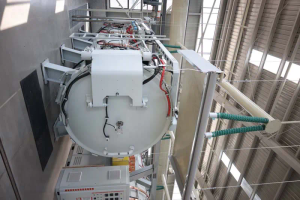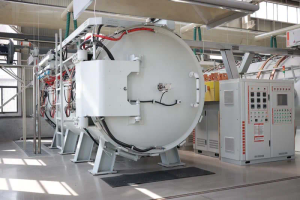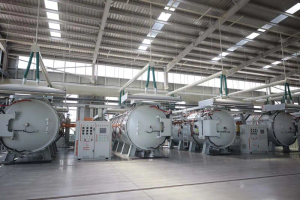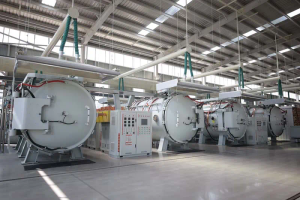Quartz sand purification method and quartz sand filter working performance
Quartz sand is a valuable industrial material that is widely used in various industries, including glass manufacturing, electronics, and construction. However, before it can be utilized, quartz sand needs to undergo purification to remove impurities and ensure its quality. In this article, we will explore the methods of quartz sand purification and discuss the working performance of quartz sand filters.
Quartz sand purification methods are essential to eliminate impurities such as iron, mica, clay minerals, and organic matter. There are several techniques commonly used for quartz sand purification:
1. Mechanical scrubbing: This method involves scrubbing the quartz sand with water and a mechanical force to remove surface impurities. It is effective in removing clay minerals and coating films from the sand particles. Mechanical scrubbing can be achieved through various techniques, such as attrition scrubbing, rod milling, or vibrating screens.
2. Froth flotation: Froth flotation is a widely used technique for the purification of quartz sand. The process involves the addition of suitable chemicals to the sand slurry, which selectively adsorb onto the surface of the impurities, making them float to the froth layer. The purified quartz sand sinks to the bottom and can be collected.
3. Acid leaching: Acid leaching is particularly effective in removing iron and other metal impurities from quartz sand. The sand is soaked in an acidic solution, such as hydrochloric or sulfuric acid, which dissolves the impurities. Afterward, the sand is thoroughly washed to remove any remaining acid traces.
4. Magnetic separation: Magnetic separation utilizes magnets to attract and separate magnetic materials from non-magnetic ones. In quartz sand purification, magnetic separators are used to remove iron-bearing impurities. The sand is passed through a magnetic field, where the iron particles are attracted to the magnets and separated from the quartz.
Quartz sand filters play a crucial role in maintaining the quality of water in various industries, such as water treatment plants and swimming pools. These filters are designed to remove suspended particles and impurities, ensuring the cleanliness and safety of the water.
The working performance of quartz sand filters is influenced by several factors, including the filter media, flow rate, and maintenance. The filter media, which is the quartz sand itself, should have a specific size distribution to provide an effective filtration process. Generally, a larger sand size is used as the bottom layer, followed by smaller particles on top to trap finer impurities.
The flow rate is another crucial factor in the performance of quartz sand filters. A high flow rate can reduce the filter’s efficiency by allowing particles to pass through without being properly retained. On the other hand, a low flow rate can cause clogging of the filter bed, leading to decreased filtration capacity. Therefore, maintaining an optimal flow rate is essential for the efficient operation of quartz sand filters.
Regular maintenance is necessary to ensure the long-term performance of quartz sand filters. Backwashing, which involves reversing the flow of water through the filter bed, is commonly done to remove trapped particles and prevent clogging. Additionally, periodic replacement of the filter media may be required to maintain its effectiveness.
In conclusion, quartz sand purification methods are crucial for removing impurities and ensuring the quality of quartz sand. Mechanical scrubbing, froth flotation, acid leaching, and magnetic separation are some commonly used techniques. Quartz sand filters, on the other hand, play a vital role in water treatment applications. The performance of these filters is influenced by factors such as filter media, flow rate, and maintenance. By understanding and implementing proper purification and filtration techniques, the industrial use of quartz sand can be optimized, contributing to various sectors’ growth and development.
.webp)



